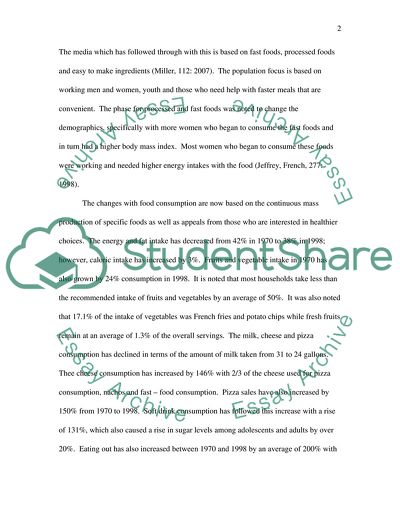Cite this document
(The Food Consciousness through the Media and Communication Research Paper, n.d.)
The Food Consciousness through the Media and Communication Research Paper. https://studentshare.org/media/1745802-the-culinary-evolution
The Food Consciousness through the Media and Communication Research Paper. https://studentshare.org/media/1745802-the-culinary-evolution
(The Food Consciousness through the Media and Communication Research Paper)
The Food Consciousness through the Media and Communication Research Paper. https://studentshare.org/media/1745802-the-culinary-evolution.
The Food Consciousness through the Media and Communication Research Paper. https://studentshare.org/media/1745802-the-culinary-evolution.
“The Food Consciousness through the Media and Communication Research Paper”. https://studentshare.org/media/1745802-the-culinary-evolution.


